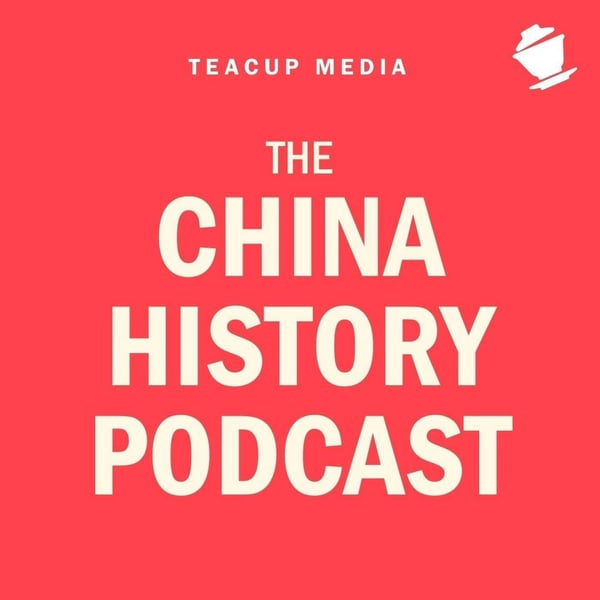Ep. 340 | The History of Chinese Medicine (Part 4)
The China History Podcast
Laszlo Montgomery
4.8 • 1.2K Ratings
🗓️ 31 December 2023
⏱️ 38 minutes
🧾️ Download transcript
Summary
Transcript
Click on a timestamp to play from that location
| 0:00.0 | Hey everyone, welcome back to another episode, the fourth one in our series covering the history of Chinese medicine. |
| 0:07.0 | This is Lhasla Montgomery, as usual, and you're listening to the China history podcast. |
| 0:13.2 | Last time in part three, we did a lot of jumping around. |
| 0:16.1 | We looked at pulseology, Shennong's materia, |
| 0:19.2 | medica, and a whole bunch of important figures |
| 0:21.8 | in the history of Chinese medicine. |
| 0:24.0 | Gih Hong, Wang Shuh He, Wang Bing, |
| 0:27.4 | Gong Ching Schwen, Chaoyun-Fang, Wang Tao, |
| 0:31.0 | Suuen-Yao, and Su-Jing. |
| 0:33.7 | We looked at them and all the milestone books they wrote and compiled. |
| 0:39.6 | And thanks to the growth in intra-Asian commerce. There was also a free exchange of |
| 0:45.1 | information and good ideas and this included medical knowledge, spread far |
| 0:50.2 | and wide in every direction along the sea lanes and silk road routes that saw so much |
| 0:56.4 | traffic during the Tang Dynasty. |
| 1:00.4 | These years, late six to early 10 centuries, |
| 1:04.0 | they really saw a lot of progress, |
| 1:06.0 | and not just freshening up old information. |
| 1:09.0 | Entirely new discoveries were being made that |
| 1:12.0 | began to come to the rescue of Chinese patients |
| 1:15.2 | with many kinds of chronic and acute afflictions. The Anshir or Anlushan |
| 1:21.5 | rebellion was put down in 763. |
| 1:24.7 | Despite all the damage and depopulation and the hit to the Royal Lee |
... |
Please login to see the full transcript.
Disclaimer: The podcast and artwork embedded on this page are from Laszlo Montgomery, and are the property of its owner and not affiliated with or endorsed by Tapesearch.
Generated transcripts are the property of Laszlo Montgomery and are distributed freely under the Fair Use doctrine. Transcripts generated by Tapesearch are not guaranteed to be accurate.
Copyright © Tapesearch 2025.

